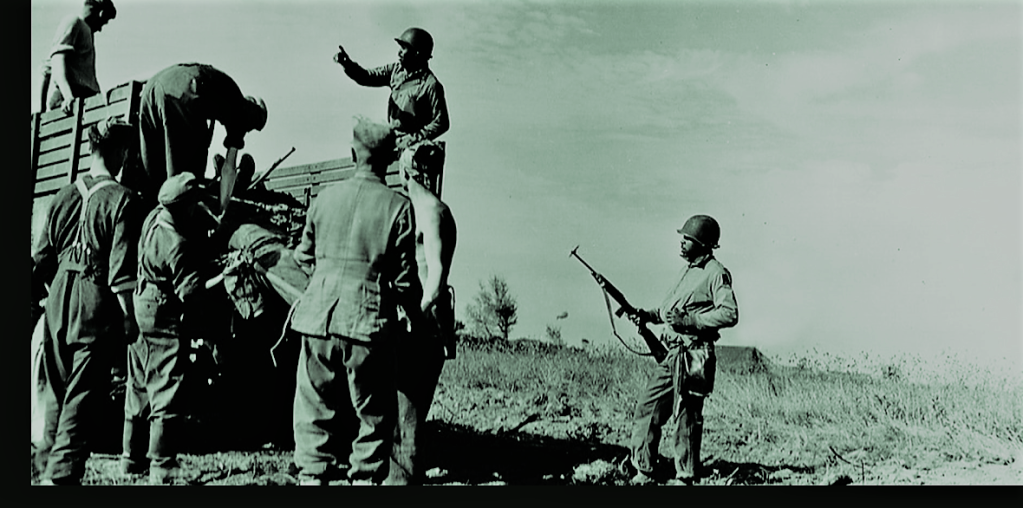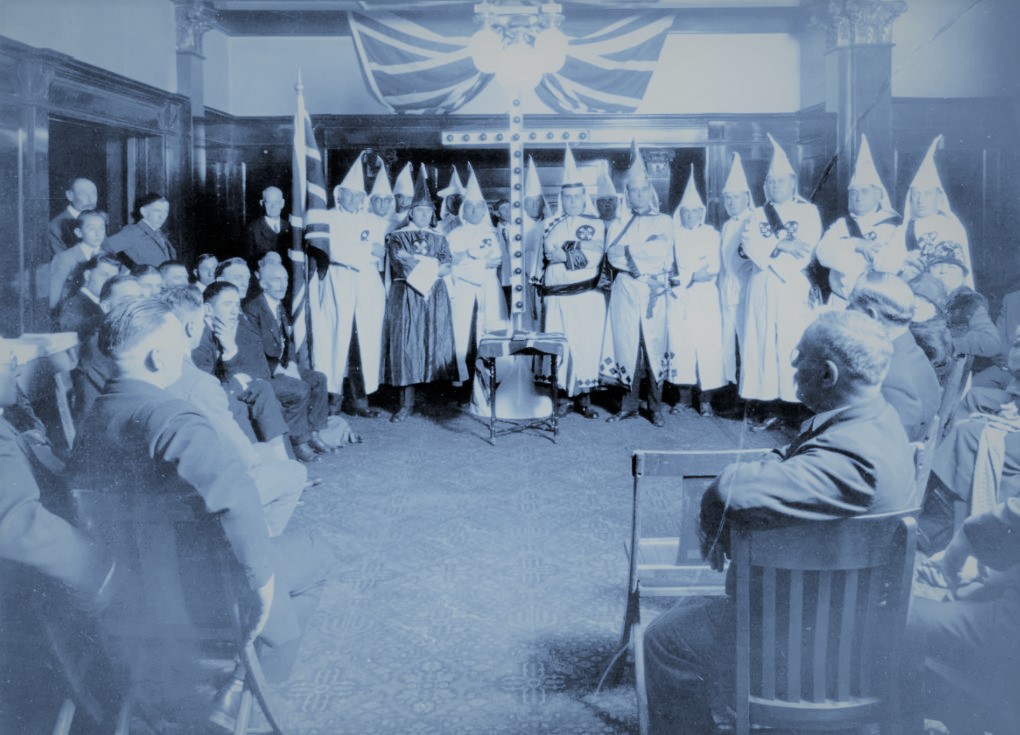
The title of this post is a quote engraved in the Marble reception hall of the Netherlands American Cemetery and Memorial in Margraten in the Netherlands.
The cemetery was created in October 1944 under the leadership of Joseph Shomon of the 611th Graves Registration Company as the Ninth United States Army pushed into the Netherlands from France and Belgium. American casualties from the area and those that fell in Germany were buried there (as Americans could not be buried permanently in enemy territory).
A few years ago, we were allowed to scatter the ashes of our Father here.
In the past, I have written about some of the heroes buried here. This piece is about one of the heroes that dug the graves.

Jefferson Wiggins was 16 years old when he was recruited in his home town of Dothan to go to Europe with the US Army.
He grew up in a peasant home on land that his father rented from a wealthy landowner. He hardly enjoyed any education. The Ku Klux Klan ruled the area where he grew up. Once, he said, about 30 riders came to his house, threatening to kill his father. The crime: trying to sell a bale of cotton belonging to the farm’s owner to get money to feed his hungry family. The family escaped to the next county in a horse and wagon.
For Jeff, the army meant an escape, not just from a poor life without any prospects but especially from the racism he no longer wanted to endure.
Before leaving for Europe, Jeff attended military training courses in, among others, Fort Benning. He took the train to the port of New York and boarded there, along with thousands of others. While waiting weeks for his unit to board, a New York Public Library volunteer helped him improve his reading and writing.
Jeff was 18 and staff sergeant of the 960th Unit of the QMSC when he set foot in Scotland after the troubled nine-day voyage. His unit worked there, along with thousands of other African-American soldiers, in preparation for the major invasion on the European mainland, Operation Overlord, which started on June 6, 1944, D-day. African-American soldiers also landed on the beaches of Normandy, although the American media did not consciously pay attention to it. The US government did not consider that desirable.
In the autumn of 1944, the unit of the Quarter Master Service Company (QMSC), of which he was the first sergeant, was sent to the Netherlands. There he worked for weeks, day in and day out, as a grave digger at the American cemetery developed in Margraten. That was from September 1944 and immediately after the Southern part of the Netherlands was liberated. The American Army, at that time, was completely separated into black and white troops during WWII.
It was an excruciating and gruesome task It was an excruciating and gruesome task, physically and mentally, working in the vast fields filled with corpses. Some people had been dead for a few days, others for months. The bodies were mutilated and sometimes decaying. Every day trucks with new piles of corpses came to Margraten. There were no coffins, dead soldiers were put in mattress covers and buried.

At times they also buried civilians. Jeffery Wiggins later recalled.
“The first of the dead that we buried was a German girl. I remember part of her head was blown off. She had been hit by a grenade and had fifteen bullet holes in her back. According to my estimation, she had also been machine-gunned before or after a grenade attack. We transferred her from the American side of the cemetery to the ‘enemy’ section.”
“It wasn’t a hygienic job at all, and we never got completely clean. The stench hung around us for a long time when we were back in Gronsveld. It was gruesome, dirty work. Sometimes there was hot water in the school, but when there wasn’t, we heated water in our helmets, which we used as washing tubs. That’s how we washed.’

In 2009, as the guest of the Dutch government, Wiggins, then 84 and the last surviving soldier to bury the dead at Margraten, delivered the keynote address at the 65th-anniversary celebration of the liberation of the Netherlands by Allied forces during World War II. He passed away in 2013.
He wrote a book about his time during WW2, titled From Alabama to Margraten.
Dear Sir, I thank you for your services to my country.
sources
https://www.oorlogsbronnen.nl/artikel/vechten-voor-andermans-vrijheid
https://www.bensavelkoul.nl/Jefferson_Wiggins.htm
https://www.bibliotheek.nl/catalogus/titel.383611601.html/van-alabama-naar-margraten/
https://www.newstimes.com/local/article/Jefferson-Wiggins-remembered-for-his-courage-4183600.php
















You must be logged in to post a comment.